Tuesday 15 June 2021 at 5.30pm – Irongate Road, Hastings
Open to Paid-up Members only. Max 40 people. Free of charge.
Booking required, first come first served. We’ll email members once booking opens.

/cloudfront-ap-southeast-2.images.arcpublishing.com/nzme/HFP2K5KUQTTBJ7XURAXSIAKSHY.jpg)

Tuesday 15 June 2021 at 5.30pm – Irongate Road, Hastings
Open to Paid-up Members only. Max 40 people. Free of charge.
Booking required, first come first served. We’ll email members once booking opens.

/cloudfront-ap-southeast-2.images.arcpublishing.com/nzme/HFP2K5KUQTTBJ7XURAXSIAKSHY.jpg)
Friday 21 May 2021 at 6.00pm
EIT Lecture Theatre 1, 501 Gloucester Street, Taradale
Admission by gold coin donation
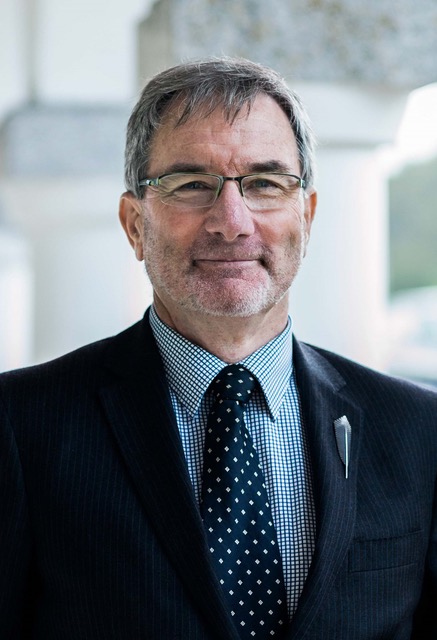
Distinguished Professor Paul Spoonley FRSNZ, College of Humanities and Social Sciences, Massey University Auckland
In the 2010-2020 period, New Zealand experienced major demographic change : declining fertility, rapid population ageing, and the highest ever net migration gains. All these had implications for New Zealand’s regions, including Hawkes Bay. COVID has confirmed some of these changes and accelerated others. This has become obvious in Hawkes Bay over the picking and processing in the 2020-2021 summer and the reliance on temporary overseas labour. This was always going to be unsustainable and COVID has confirmed this with considerable emphasis. Hawkes Bay will be a very different place in 2030. This talk discusses demographic change – past and future – and the implications for Hawkes Bay.
Distinguished Professor Paul Spoonley was, until recently, the Pro Vice-Chancellor of the College of Humanities and Social Sciences, at Massey University. He is the author or editor of 27 books, including Rebooting the Regions (2016) and The “New” New Zealand. Facing Demographic Disruption (2020). He is currently writing a book on the extreme right in this country. He is a Programme Leader of a research programme on the impacts of immigration and diversity on Aotearoa (MBIE, 2014-2021, $6 million). He was made a Fellow of the Royal Society of New Zealand in 2011 and was granted the title of Distinguished Professor by Massey University in 2013.
Thursday 22 April 2021 – 6:00 PM
EIT Lecture Theatre 1, 501 Gloucester Street, Taradale
Admission by gold coin donation
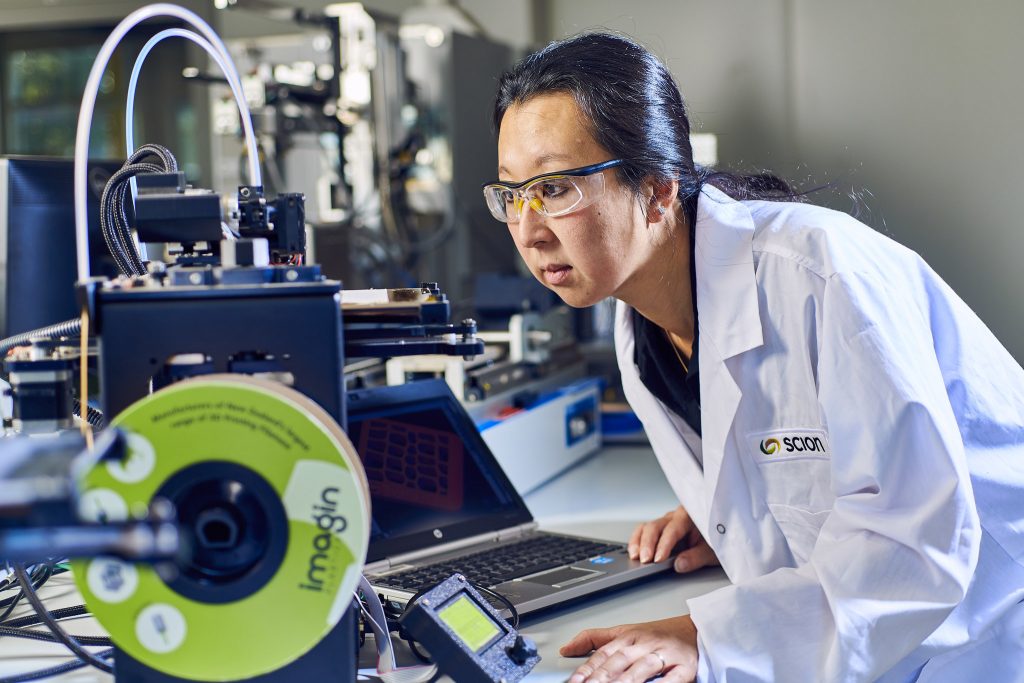
Dr Marie-Joo Le Guen is a Research Group Leader in Materials, Engineering and Manufacturing at Scion
| Additive manufacturing (AM), including 3D and 4D printing, encompasses some of the most promising technologies currently available. News stories regularly appear featuring exciting creations or innovations, from houses to human hearts, all made possible with AM technologies. Scion anticipates that AM will continue to be one of the biggest and most influential technologies worldwide. As New Zealand transitions to a circular bioeconomy, AM will be a core manufacturing technology going forward. New Zealand has particularly promising arguments for using AM in our journey to a circular bioeconomy. Our small nation is rich in renewable natural materials that can create the new polymers, composites and other performance filaments that are needed to replace the fossil-based products currently in use. Scion has 20 years of research and development experience in biomaterials and 10 years in AM; this is forming the basis of a new, innovative manufacturing sector for New Zealand. Looking to the future, our vision for AM includes cross-disciplinary opportunities with other advanced related technologies such as robotics, virtual and augmented reality, and artificial intelligence. Coupling this highly adaptive technology with the innovative kiwi-mindset, a small but young manufacturing sector, and easy production near supplies of biomass, is a recipe for success. This technology will also bring new opportunities to decrease reliance on some imported materials, while increasing exportable products. These factors and more are the reasons to make AM the next big manufacturing direction in New Zealand. |
| Scion is a Crown Research Institute that specialises in research, science and technology development for the forestry, wood product, wood-derived materials, and other biomaterial sectors. Dr Marie-Joo Le Guen is a Research Group Leader at Scion. Her background is in materials science and additive manufacturing. |

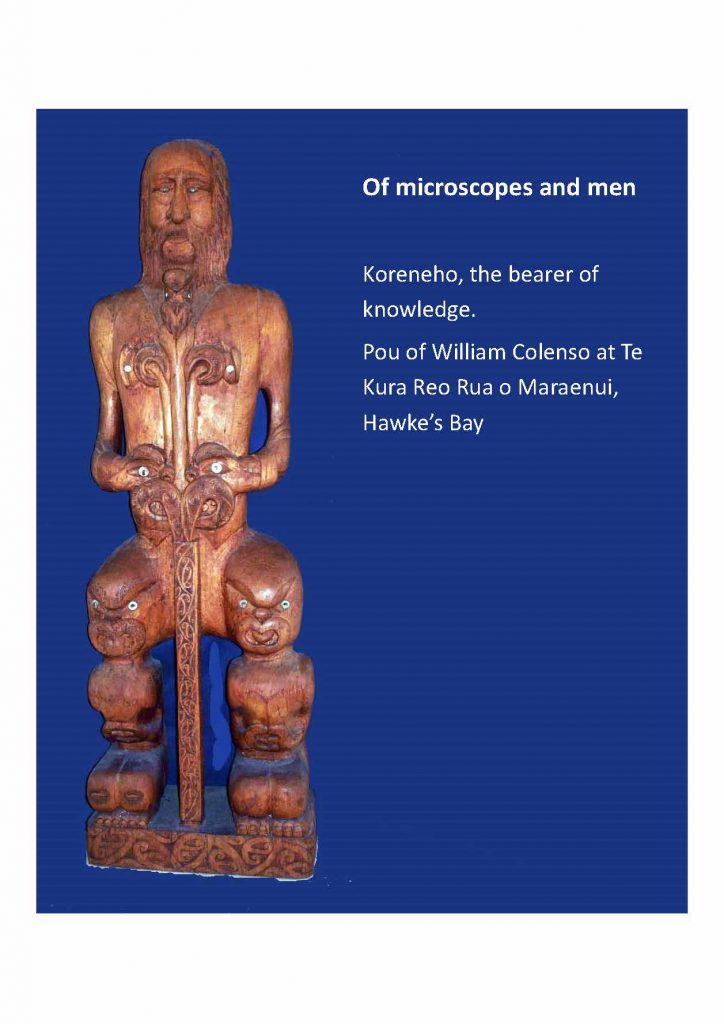
In 1890, Rev. William Colenso FRS FLS was Secretary and Dr William Isaac Spencer FLS MRCS President of the Hawke’s Bay Philosophical Institute, the forerunner to our branch of the Royal Society. The two collaborated in several of their scientific studies and both used Spencer’s microscope. This talk presents details of the lives of both men, with some emphasis on their scientific achievements.
Ian St George is a general medical practitioner, amateur orchidologist and writer of several biographies of New Zealanders, including both William Colenso and William Spencer.
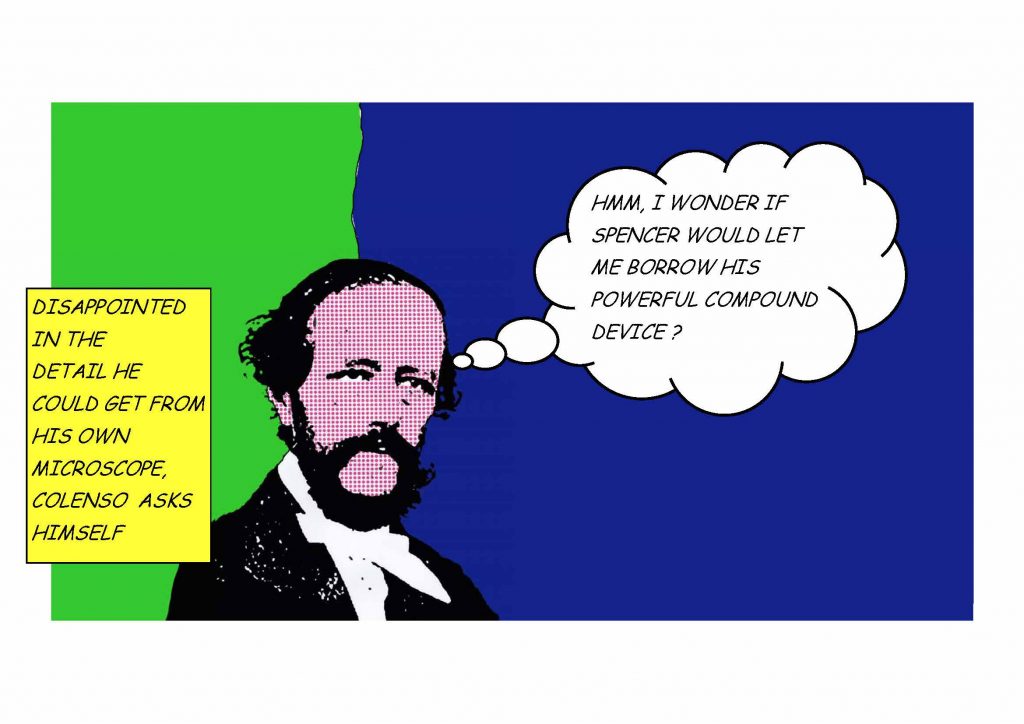
Monday 29 March 2021 – 6.00pm
Doors open at 5.30pm
As space is limited and there are no reservations, first come, first seated
Dr Philip Barnes, NIWA
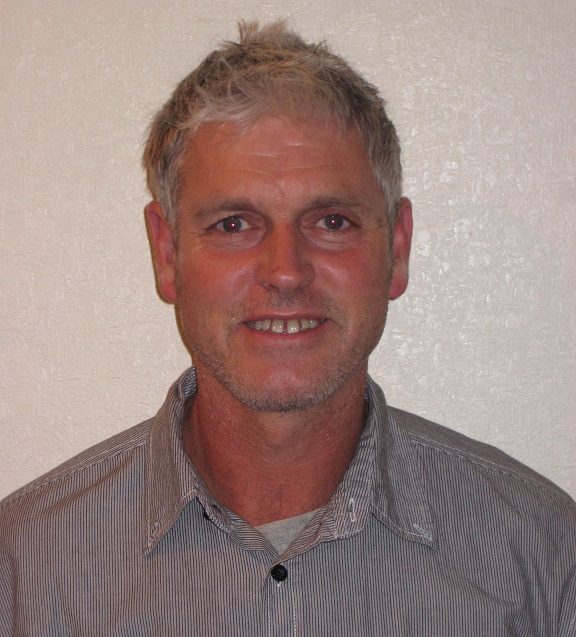
National Aquarium, Marine Parade, Napier
The Hikurangi Subduction Zone is New Zealand’s largest fault system, extending from north of East Cape to Kaikōura and >100 km offshore of the East Coast. The submarine borderland defines the region where the Pacific tectonic plate is plunging westward (subducting) beneath eastern North and South islands. The seascape and underlying geology of the Hikurangi margin vary dramatically along its length, mirroring changes in sedimentation, active geological faulting, and seismic processes. Dr Philip Barnes will take you on a visual tour of the offshore margin and illustrate how Earth scientists are using seafloor mapping, marine geophysical surveys, and ocean-floor drilling data to improve our understanding of this hazardous subduction zone.
Dr Philip Barnes is a Principal Scientist with more than 30 years research experience in the fields of submarine tectonic deformation, subduction systems, geohazards, and sedimentary systems associated with active continental margins.
Wednesday 10 March 2021 – 6.00pm
Doors open at 5.30pm
As space is limited and there are no reservations, first come, first seated
Admission by gold coin donation
Dr Laura Jordan-Smith, Marine Biologist, co-founder of World Below the Waves
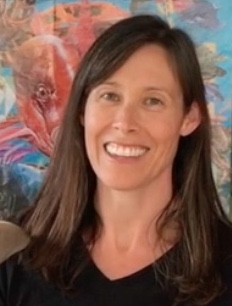
National Aquarium, Marine Parade, Napier
Using a simple mobile phone app New Zealanders now have the opportunity to join a global science initiative to help track the health of the world’s oceans and marine life. The first project to use the eOceans platform, entitled Our Ocean in Covid-19, will collate observation data submitted by community members to determine what impacts changes in human behaviour due to the Covid-19 pandemic have had on the ocean and coastal communities. Citizen scientists are being encouraged to record observations of human and animal activities whenever they are in, on or close to the ocean. Lead researchers will then collate and analyse data collected from around the world to identify local and global trends related to changes in ocean activity throughout the Covid-19 pandemic and into a new normal. The project may also establish a proof-of-concept as to how real-time, collaborative ocean monitoring can be used to break down barriers between academia, government, and at-sea stakeholders to support more inclusive progress toward managing ocean resources, economies and conservation in the future. In New Zealand, eOceans is represented and championed by Dr Laura Jordan-Smith. Laura will describe the eOceans platform and mobile app, give us a demonstration, and discuss the power of citizen-sourced data for global ecological research.
Dr Laura Jordan-Smith completed her PhD at UCLA in 2008 studying stingray sensory biology. She has since conducted projects on topics ranging from penguin flipper morphology to shark bycatch reduction. Her research has taken her to various countries including the US, Australia, Fiji and Honduras, and her work has been published in several top journals and presented at conferences in the US and abroad. She has taught hands-on marine science courses at the University of San Diego, UCLA, at various marine labs around the US, including Shoals Marine Laboratory, and internationally in Fiji and Honduras. Laura’s keen interest in science communication and education lead her to establishing World Below the Waves, a collective of US-based marine biologists who develop workshops, lectures, tours and other events to educate and enthuse the public about the diverse and beautiful life that exists in the sea. Laura moved to Auckland in mid-2019 and, with common interests in improving public science engagement, World Below the Waves and eOceans have recently teamed up to bring this exciting citizen science initiative to New Zealand.
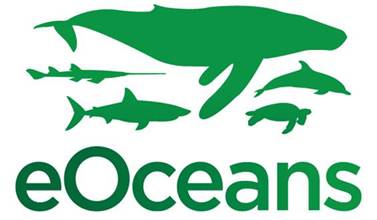
6pm on Friday 4th December 2020 – Lecture Theatre 1, EIT Taradale
Cost: $10 a head for drinks and nibbles; pay cash at the door
Limited to 60 people max. – members having priority booking
To book, email: * secretary@hawkesbay.rsnzbranch.org.nz *

Link for Dr Graichen’s Slides
Monday 9 November 2020 – 6:00 PM

Lecture Theatre 1, EIT Taradale
How do you create a world without waste, where value stretches beyond monetary value? On the journey towards true sustainability, economy, environment and society must work together, not against each other. This is critical for a world that is facing challenges like feeding 10 billion people by 2050, a plastic waste flood and reduced availability of finite resources.
Scion’s 2030 Strategy is simply summed up in 9 words – Enabling New Zealand to transition to a Circular Bio-economy! This presentation will outline how Scion technologies and innovations can lead not only to a post COVID-19 economic re-build, but a fundamental shift. Specific focus will be on plastics and adding value to primary industry side and waste streams – both examples for the challenges and opportunities that arise through the transition to a circular bio-economy. Considering the ongoing discussions around sustainability and plastics, it is easy to forget that plastics have played an important role in several sectors, resulting in improved health, energy savings, increased crop production, improved food quality and reduction of food waste, as well as improvement of overall ecological footprint.
Dr Florian Graichen is Scion’s General Manager for Forests to Biobased Products. In this science and innovation area, activities are directed at solving new product and process challenges arising from the demand for products made from renewable resources. Customisation and circular design thinking are at the heart of all innovations. Examples include the development of advanced biobased performance products, holistic packaging solutions, reuse and recycling of primary sector side streams and waste (valorisation), and agile modular and mobile processing (additive manufacturing).
Scion is a Crown Research Institute that specialises in research, science and technology development for the forestry, wood product, wood-derived materials, and other biomaterial sectors.
Link for Professor Clarkson’s Slides
Monday 2 November 2020 – 6:00 PM

EIT Lecture Theatre 1, 501 Gloucester Street, Taradale
Biodiversity – the variety and diversity of living things that inhabit our world – is a hot topic. Recognising that much of New Zealand’s biodiversity is declining, two major strategies that seek to protect it are currently under development or being implemented. Both Te Mana o te Taiao/ Aotearoa NZ Biodiversity Strategy (launched in August) and the National Policy Statement for Indigenous Biodiversity (to be finalised by April 2021), demand action from councils and private landowners to work together to halt the decline and restore what has been lost. What does this mean for Hawke’s Bay, and how might our region respond to the inherent challenges and opportunities?
Bruce Clarkson is Professor of Restoration Ecology at the University of Waikato, where he leads a team of researchers within the MBIE-funded programme People, Cities and Nature: restoring indigenous biodiversity in urban environments. His research and on-the-ground action have assisted restoration of Hamilton’s gullies and the Waiwhakareke Natural Heritage Park. In 2006 he was awarded the Loder Cup, New Zealand’s premier conservation award and in 2016 he received the RSNZ Charles Fleming Award for environmental achievement. Professor Clarkson is chair of the Australasian chapter and a board member of the International Society for Ecological Restoration, and is ambassador for the New Zealand’s Biological Heritage National Science Challenge.